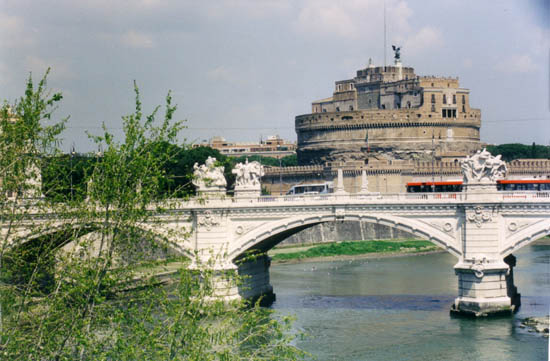ROME - ROMA |
|
Main sights in Rome 
 |
|
[ Sights in Rome
] Castel Sant'AngeloMausoleum of Hadrien |
|
|
|
Castle Saint AngelThe original structure of the fortress of the Saint-Angel castle, as well as the bridge of Elio (called today the Saint-Ange bridge), were established by the Demetriano architect between 117 and 138 after JC, like mausoleum for the family of the Adrian emperor. At the top, the statue of the Emperor, personification of God of Sun. In 1277, the castle becomes the property of the church which decides its completion into a fortress prison and establishes connection with the buildings of the Vatican by the secrete way of the "passetto". The interior of the building, is made of five floors and includes, in more of the many rooms of the Roman era, various rooms with frescos of the Renaissance (Rebirth). |






